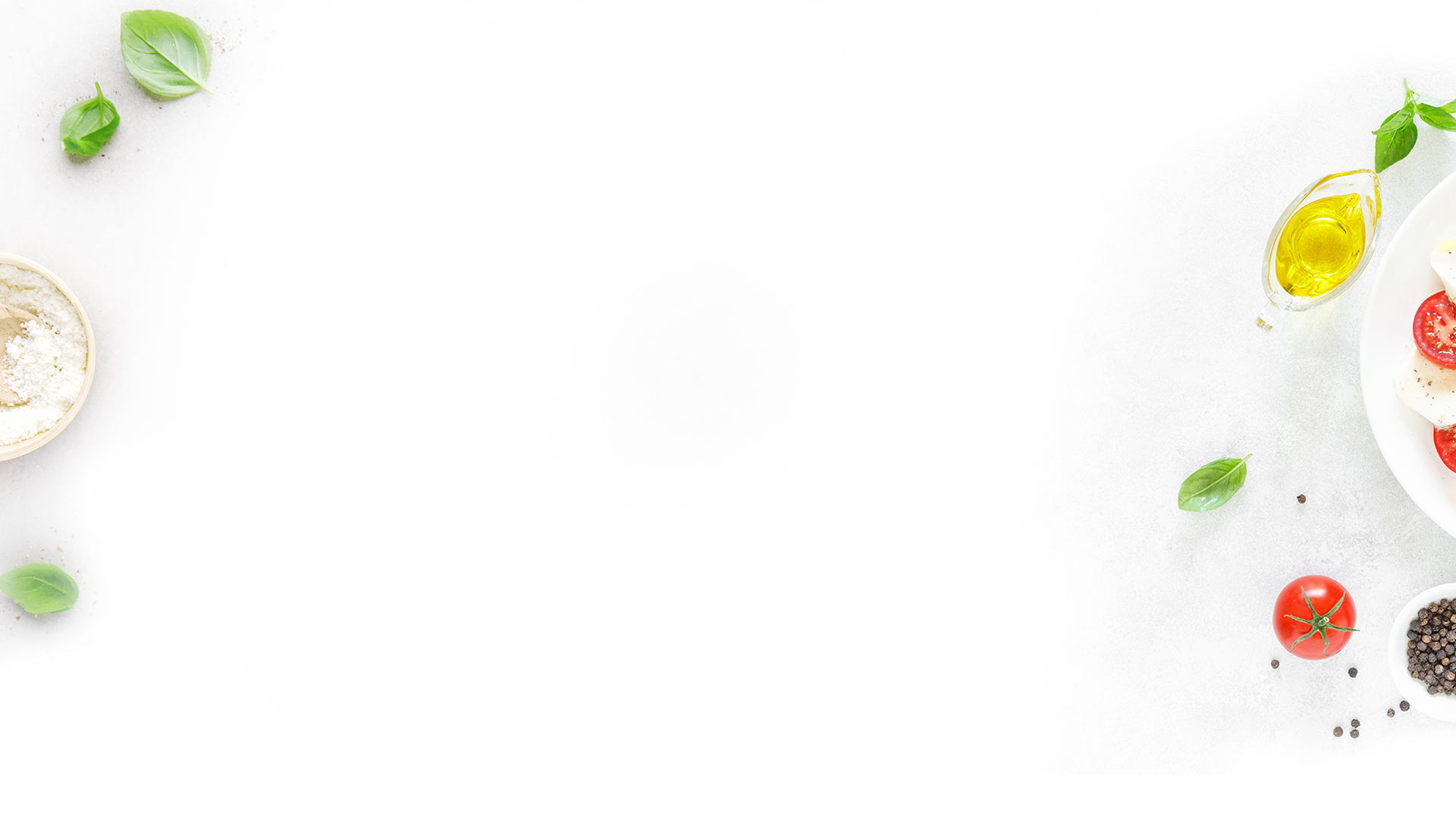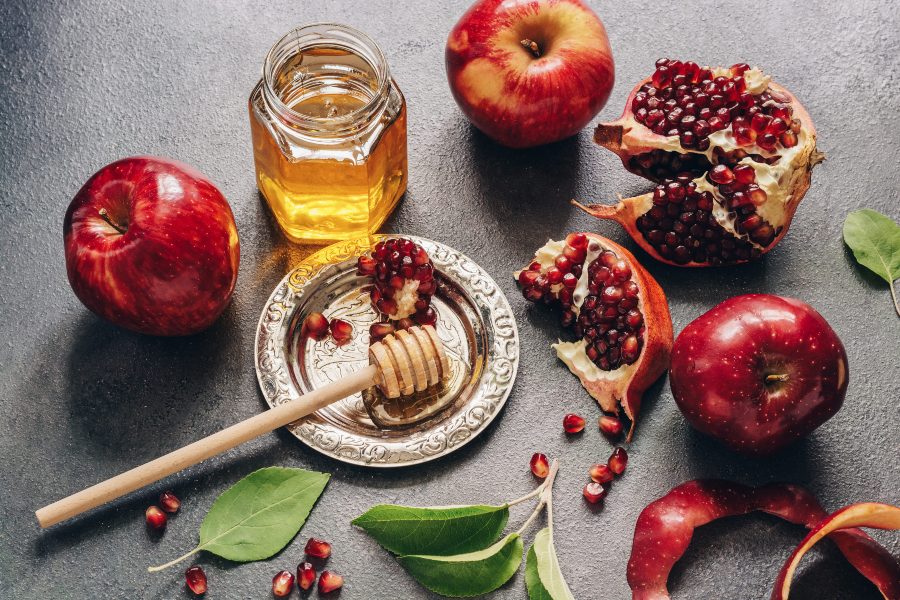
Symbolic Foods for Rosh Hashanah

Rosh Hashanah, or the Jewish New Year, is a two-day celebration beginning on the first day of Tishrei, the seventh month of the Hebrew calendar. This year’s holiday starts on September 6 at sunset and ends on September 8 at nightfall. Rosh Hashanah is an opportunity to reflect on the past year’s events and resolve to improve in the upcoming one.
Like all Jewish High Holidays, Rosh Hashanah incorporates delicious symbolic foods, or simanim. Each one symbolizes a different good fortune that the family prays for in the coming year. To ensure everyone at the table understands this, the foods are given separate attention and blessed briefly before being eaten.
The foods you incorporate into your Rosh Hashanah meal—and how you choose to prepare them—depend on the traditions passed down in your family. Still, it’s helpful to understand the spiritual meaning behind different Rosh Hashanah simanim.
- Apples and honey are perhaps the most iconic foods to eat on Rosh Hashanah. They represent a good and sweet new year, with an underlying duality that bees can sting, but they also produce sweet honey. Life, too, can both be painful and bring joy.
- Pomegranates are full of seeds, which symbolize the many merits people pray for in the coming year. They correlate with the 613 mitzvot of the Torah and are traditionally eaten as the pri chadash (new fruit) on Rosh Hashanah.
- Carrots also symbolize increased merits and blessings because the Yiddish word for “carrot” is mern, which is very close to the word for “more” (mer).
- Beets, dates, and leeks are all separate simanim with similarities behind them. The Hebrew word for “beet”—selek—is similar to the word for “remove”—siluk. Likewise, “date” in Hebrew is tamarim, similar to the word tam, which means “to end.” And “leek” in Hebrew in karti, which is close to karet, or “to cut off.” The idea is that enemies and inner demons will be removed, ended, and cut off in the new year.
- Gourds have a deep spiritual meaning because the Hebrew word for gourd—kra—is a homonym for the verbs “to rip” and “to announce.” This Rosh Hashanah food is akin to asking G-d to rip up any evil decrees while also announcing good deeds before Him.
- Black-eyed peas and green beans symbolize the hope for a fruitful year.
- Heads of fish, sheep, cabbage, and garlic tie to the phrase “May we be as the head and not the tail,” a blessing about taking leadership rather than following blindly. The symbolism goes deeper when you realize that Rosh Hashanah means “head of the year.”
If you’re looking for Rosh Hashanah recipes with a twist, we’ve got you covered! Find all the ingredients you need at NetCost Market. We proudly offer a wide selection of kosher items from our local supermarkets in New York, New Jersey, and Pennsylvania. Stop by today, or try our convenient online grocery shopping or home grocery delivery options.